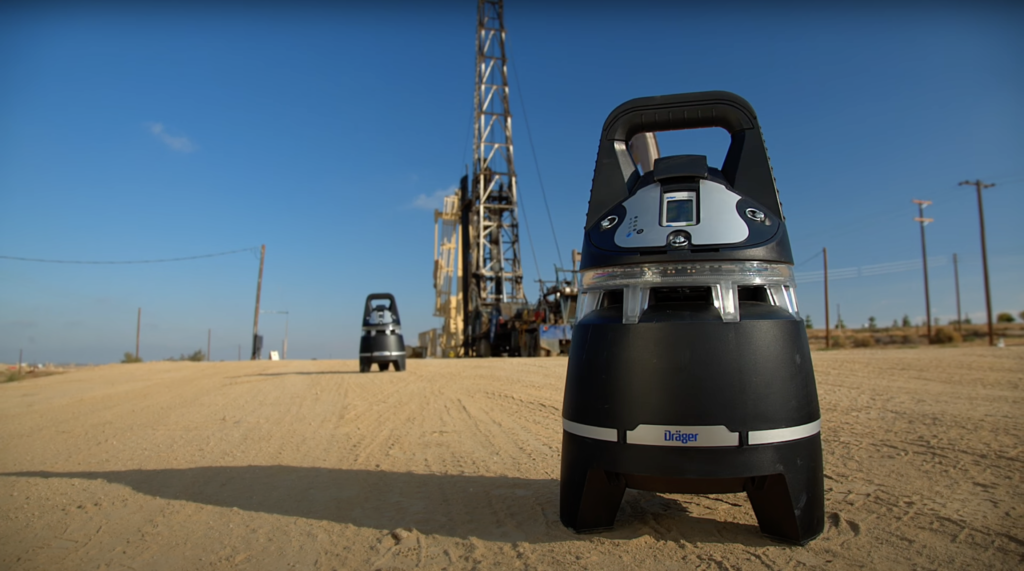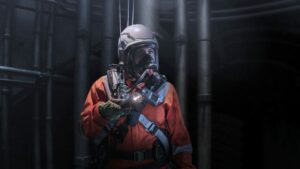Unlike a raging river or pounding surf, the dangers of confined spaces are often silent and unseen. Unless a hazardous atmosphere manifests as a visible vapor cloud, there is no way for you to see what hazards lurk within a confined space. This is precisely the reason monitoring equipment is so vital to confined space entry.
While it isn’t possible within this format to provide a comprehensive guide for the use of all the different types of gas monitors out there, we will strive to cover some monitoring principles applicable to many types of confined spaces. Only by consulting your user instructions from the manufacturer and training in non-emergency situations with your device can you hope to become proficient in understanding exactly what the information it provides means in terms of safety for you and your team.
To really know what sort of atmospheric hazards are present, your gas monitor must be operational and calibrated. If you are new to confined space entry, or unfamiliar with a particular type of monitor, refer to your user manual and ensure all sensors have been properly treated or burned in and are ready to detect hazards.
Before you use your monitor to sample the air, it’s important to know what sorts of atmospheric hazards can exist in confined spaces and how your monitor will respond to them.
Most modern 4-gas monitors will check for lower explosive limit (LEL), oxygen, carbon monoxide, and hydrogen sulfide. Specialized monitors can also be specifically configured to detect other hazardous gases relevant to your industry.
When measuring lower explosive limit (LEL) it’s important not only to interpret the information provided by your monitor correctly but also to recognize that concentrations may vary within the space depending on the density of the gas being monitored. For instance, gases heavier than air, such as hydrogen sulfide, tend to accumulate near the bottom of a space, while lighter vapors like methane will rise. That is why samples must be taken from at least the top, middle and bottom levels of the confined spaces.
Oxygen levels in a neutral location should be 20.9%. Higher or lower concentrations present serious hazards and must be closely watched. There are a number of conditions that might lower oxygen levels such as decomposing organic material in a sealed space or welding operations. The levels might also be lowered intentionally as with the addition of nitrogen gas to create an inert space, or carbon
dioxide for fire suppression. In spaces with less than 19.5% O2 content (the threshold for oxygen deficiency) a confined space entrant should not be allowed in without a positive pressure self-contained breathing apparatus or positive pressure supplied air respirator.
An oxygen-rich environment presents a different set of challenges. Atmospheres with greater than 23.5% oxygen provide fuel for combustible materials, making items that are typically challenging to ignite burn more easily. In particular, pay attention to things like flammable liquids (with FP or flashpoint over 100 degrees Celsius), electrical equipment and clothing that can create static electricity.
Similar to LELs, oxygen levels must also be measured at various levels within a confined space. The risk here is that you measure in the middle of the tank, finding it acceptable, but then experiencing a sudden exposure to heavy doses of H2S when bending down to retrieve a dropped screwdriver, potentially causing rapid incapacitation.



